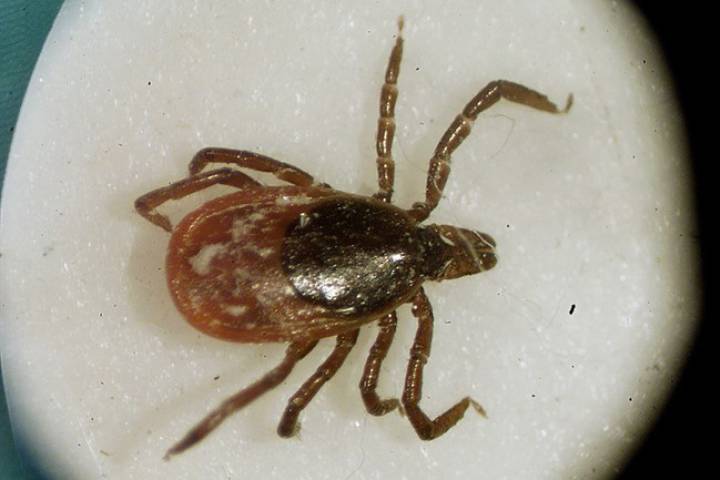People enjoying the outdoors still need to take precautions against ticks – even with the onset of cooler weather in Saskatchewan.

Blacklegged ticks, which can carry the bacteria that causes Lyme disease, are most active in October and November, along with April.
Adults are about the size of a sesame seed, and even smaller at immature stages, but regardless of their life-cycle they can transmit the bacteria.
While the risk of being exposed to Lyme disease is low in Saskatchewan, it is not zero.
“Less than half a per cent of ticks found here are the black-legged ticks that can be infected with the bacteria that causes Lyme disease, and only a small percentage of those may be infected,” said Dr. Denise Werker, the province’s deputy chief medical officer.
Sixty-five blacklegged ticks have been collected in Saskatchewan since 2008, with eight testing positive for the bacteria that causes Lyme disease.
Anyone going into grassy, bushy or treed areas should wear pants, long-sleeved shirts, and closed-toes shoes, and use insect repellent containing DEET.
People and pets should be checked afterwards for ticks, and any found should be carefully removed with tweezers.
Symptoms of Lyme disease include fever, a rash, and fatigue and treatment involves taking antibiotics for two to three weeks.
Left untreated, it can cause facial paralysis and heart and neurological disorders.
– With files from Leslie Young


Comments